Taking A Musical Cakewalk Through Our Racism Filled Past
The collection at the Museum Of UnCut Funk is primarily based on 1970’s Black culture. However, we have added Black Sheet Music from the 1800’s and early 1900’s to our collection because the art work is as stunning as it is racist and we feel that it is important to document this period of Black history. The Museum has 8 pieces of Black Sheet Music in our burgeoning collection. These pieces of art can cost between $250 to $1000 per book. We hope you will enjoy the history of Black Sheet Music and art work in this exhibition.
Black sheet music includes songs from the heyday of antebellum blackface minstrelsy in the 1850s and from the abolitionist movement of the same period. It includes numerous titles associated with the novel and the play Uncle Tom’ s Cabin, so greatly influential in its day. Civil War period music includes songs about Black soldiers, a controversial topic of the time, and the plight of the newly emancipated slave. Post-Civil War music reflects the problems of Reconstruction and the beginnings of urbanization and the northern migration of Blacks, notably in the music associated with the Harrigan & Hart shows of the 1880s. Sheet music of this period further documents the emergence of Black performers and musical troupes, first in blackface minstrelsy, and later at the beginnings of the Black musical stage in the late 1890s. The works of Black popular composers, including James Bland, Ernest Hogan, Bob Cole, James Reese Europe, and Will Marion Cook are a prominent feature of the music of this period. The turn of the century period includes rags and the so-called “coon” songs, whose strident racial images have lost none of their power to shock. Twentieth century titles feature many photographs of Black musical performers, often in costume. The music associated with World War I depicts the Black soldier, and the period ends with works that point to the age of jazz, blues, and the lively Black musical theatre of the 1920s.
Black sheet music provides a window into the daily concerns, preoccupations, and pastimes of Americans in the 19th and early 20th centuries. Unlike many other sorts of published works, sheet music can be produced rapidly in response to an event or public interest, and thus is the source of relatively unmediated and unrevised perspectives on quickly changing events and public attitudes. For example, the Civil War song known as “We are coming Father Abra’am” concerning the controversial military draft quickly changes when “300,000 strong” soon turned into “600,000.” The plethora of songs relating to the novel Uncle Tom’s Cabin, some with lyrics by well-known poets such as the abolitionist John Greenleaf Whittier, and others written for the stage versions of the novel, demonstrate its instant popularity and long-term appeal.
Particularly significant and important in the Collection are the visual depictions of Blacks which provide much information about racial attitudes over the course of the 19th and early 20th centuries. For example, current discussions of the perceptions of Black men find historical models and sources in the images of these men on sheet music covers for the entire period. Two archetypes, the rural, uneducated plantation “darky” figure (Jim Crow) and the urban, flashily dressed, fast-talking figure (Zip Coon) can be traced through sheet music covers and lyrics from the 1820s (before the period established for this project) through the 1920s. The ways in which these archetypes evolve in the public mind are clearly demonstrated in the sheet music. The plantation “darky” comes to include the “Uncle Tom” character, the “contraband,” the migrant worker, the sharecropper; the urban figure emerges ominously as the “bully” in the post-Reconstruction era, and is also seen as the gambler, the cake-walker, the “swell.” All these notions are clearly documented in the sheet music and afford much material for investigation.
The sheet music covers often include scarce and otherwise unavailable portraits of performers well-known in their day, including many Black performers. Included are lithographic portraits of Cordelia Howard, the first “Little Eva” in the play of Uncle Tom’s Cabin, reproduced from a Joseph Brady daguerreotype; vignette portraits of the well-known Black composer James A. Bland, best known for “Carry Me Back to Old Virginny”; and halftone portraits of such major figures of the turn-of-the-century Black musical theatre as Bert Williams and George Walker, Bob Cole and J. Rosamond Johnson, and Aida Overton Walker, great stars of the period, and many others. The transition from minstrelsy to the forms of the African-American musical theatre is clearly depicted in this music. Nowhere is this more evident than in the covers that depict Black performers both in character in the old minstrelsy costumes and as themselves in conventional modern evening dress.
This exhibition showcases a significant body of material that illuminates in a direct, vivid, and dramatic way many aspects of American culture and society from the 1850s to the 1920s, including theatre, music, and dance, publishing history, music printing and illustration, as well as a variety of social concerns and events from abolitionism and the Civil War, the problems of Reconstruction, urbanization, the Black soldier in three wars, and the social position of and attitudes toward Blacks throughout a critical period in history.
Source: Brown University Library Center.

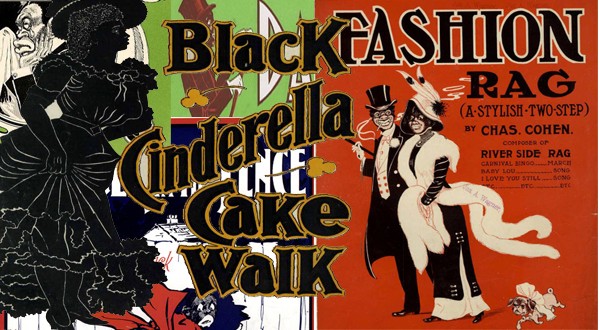
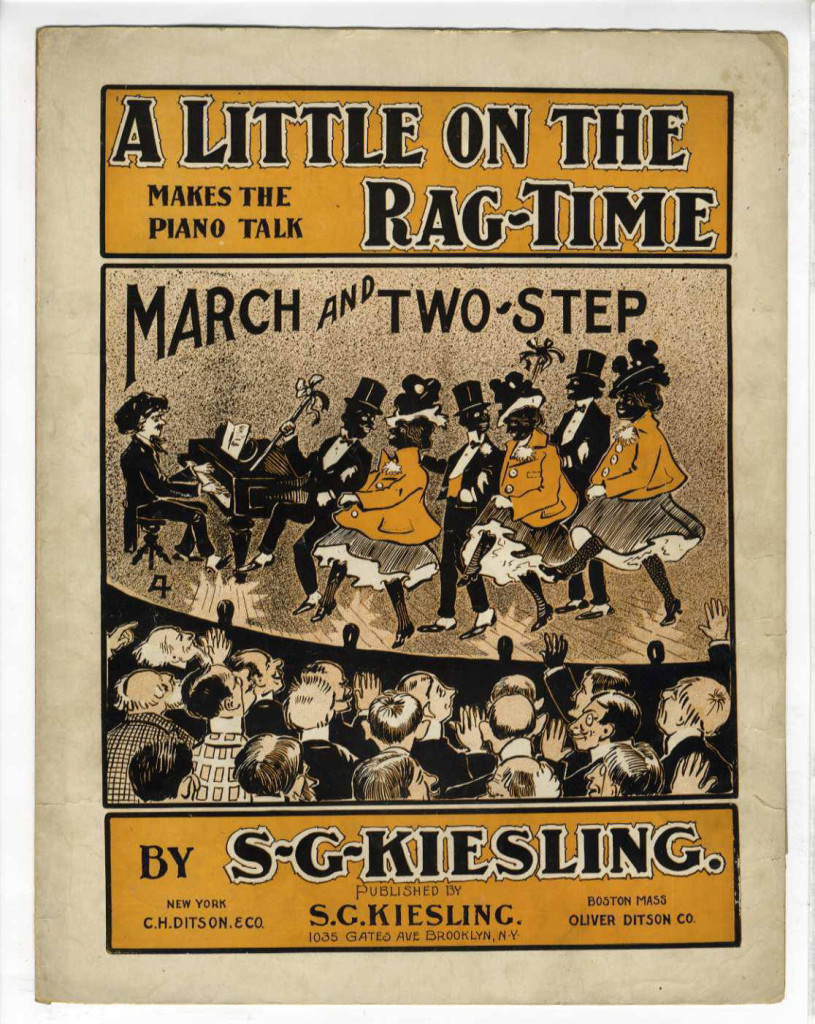
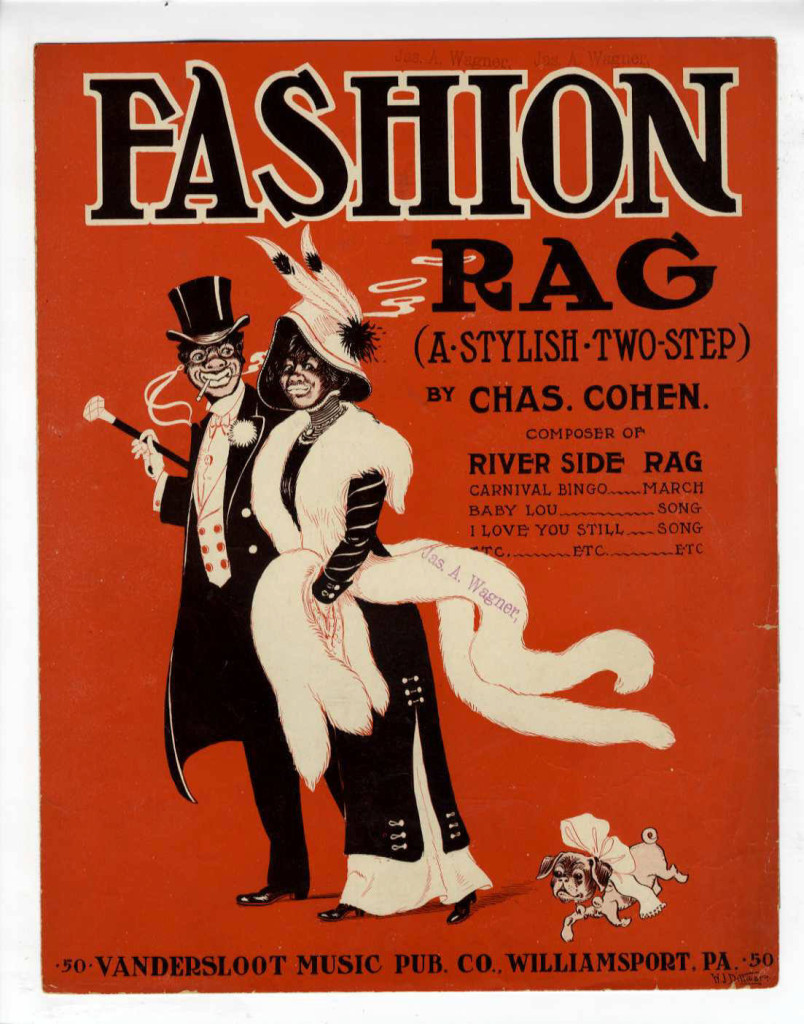
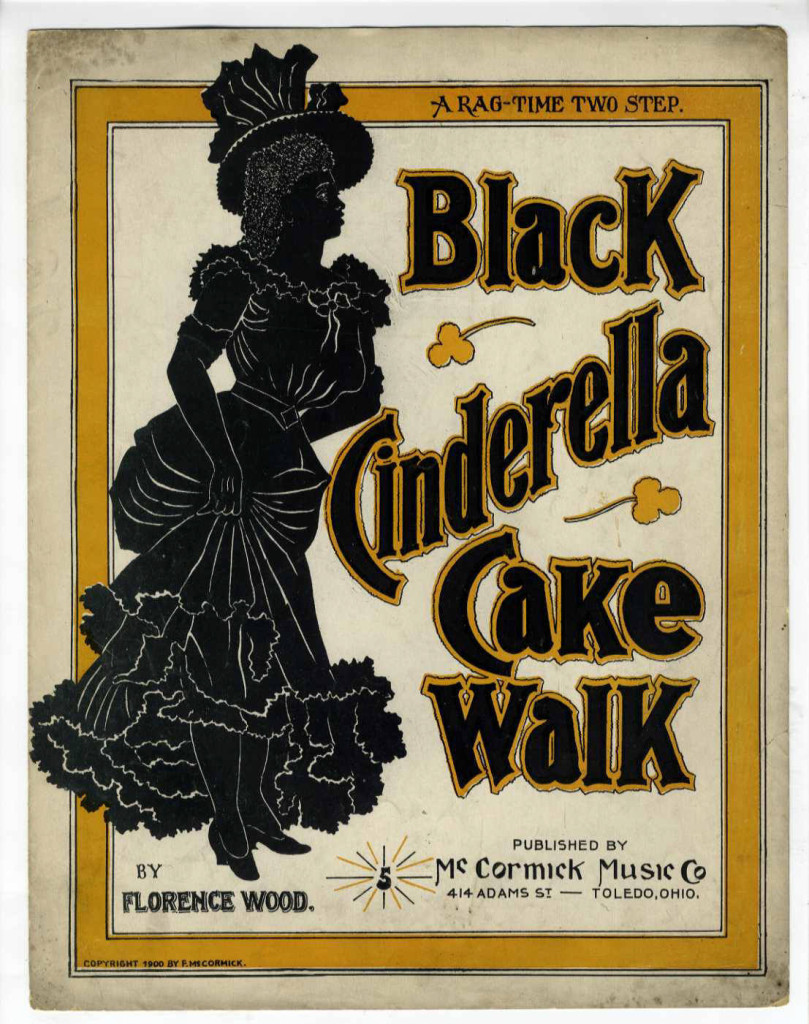
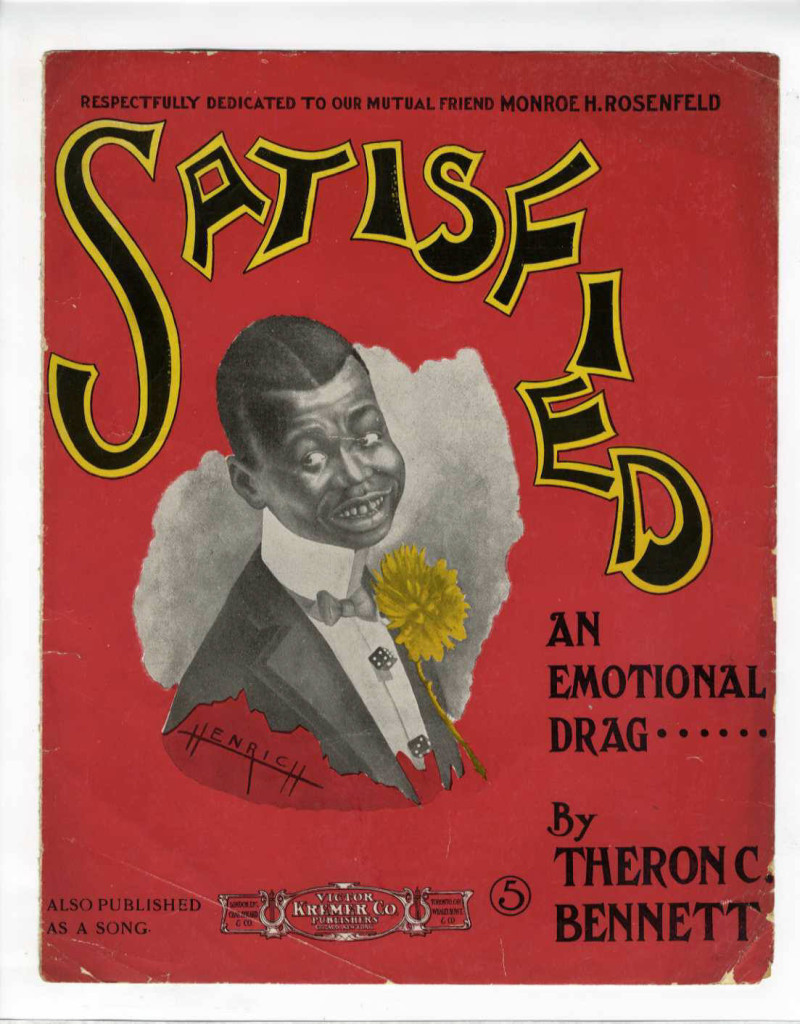
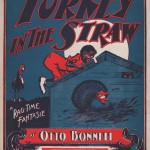
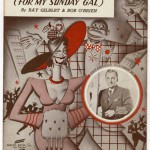
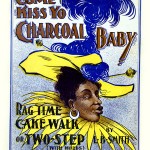
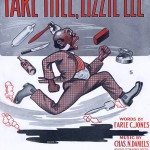
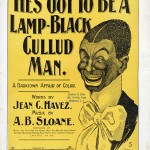
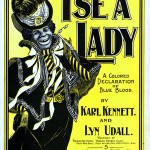
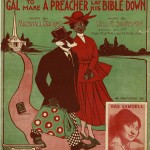
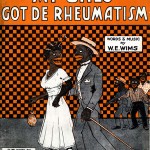
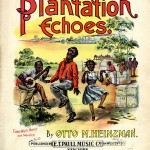
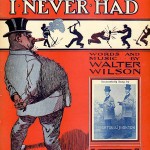
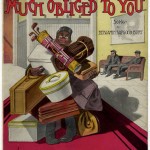
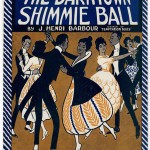
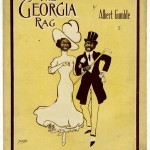
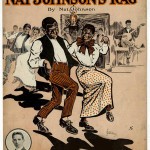
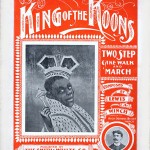
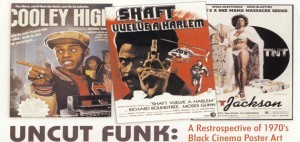
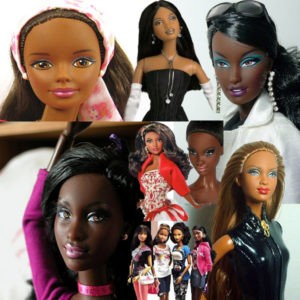
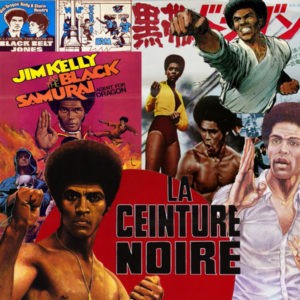

1 Comment
It’s not at all possible to play or sing by means of memory for musicians who wish to play an instrument or wish to sing. Sheet music includes musical notes which can be written for music artists and bands to interpret. Musicians can generate their scores in addition to play them within an orchestra or group.
A blank new music sheet has a couple formats, on which music is usually written. Such music sheets are commonly used for keyboard and organ new music. Two basic codecs are treble staff with the right hand part and base staff with the left hand part. Treble staff is for higher notes, and base staff is for lower notes for the keyboard. Treble staff has music in accordance with five lines present which is the base employees. However, both offer distinct key positions for just a player. Notes in between the lines usually are represented as Farrenheit A C E for the treble staff. Notes for the five lines usually are named Every Great Boy Deserves Prefer. Notes on your bass staff outlines are called Any C E Grams or All Cows Consume Grass, and for the five lines they are represented as Great Boy Deserves Prefer Always.
There are many way to collect brass sheet music . if you want you can collect it from online.